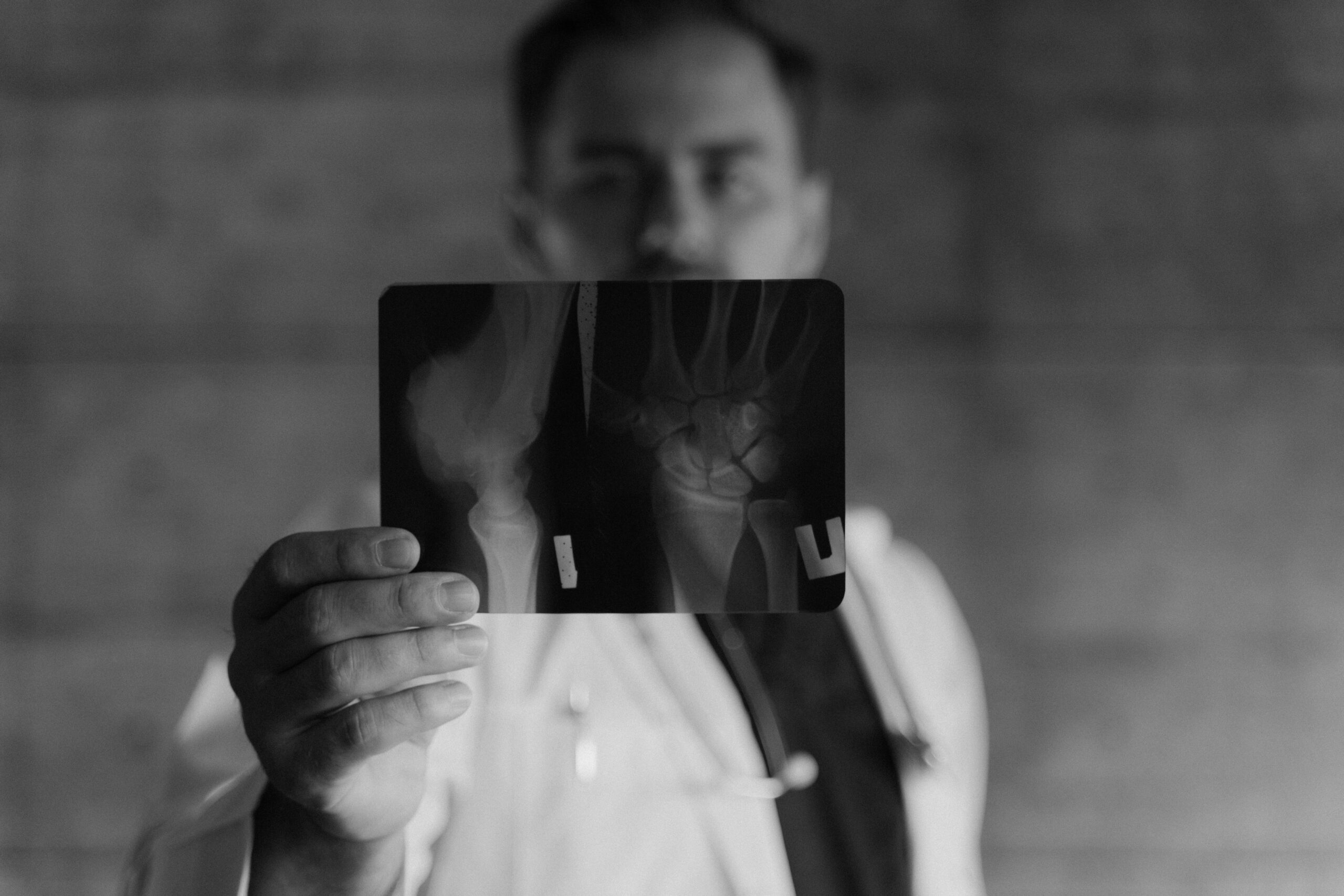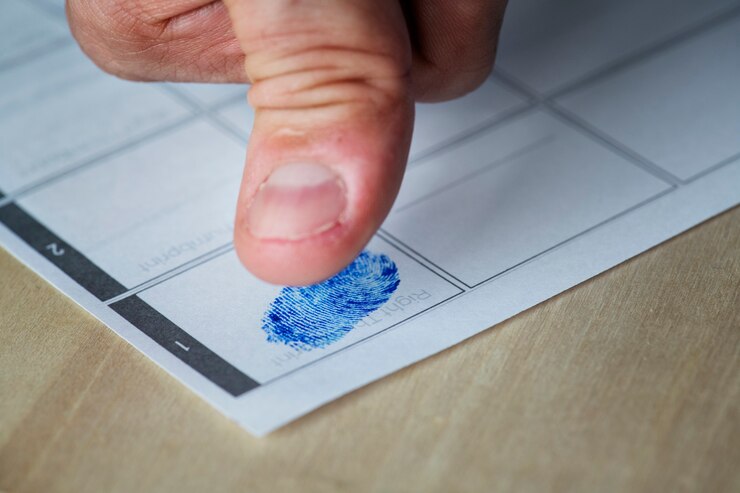Cardioversion CPT Code 92960: Billing and Insurance Tips
A Guide to Cardioversion CPT Code 92960
Cardioversion, a medical procedure used to restore a normal heart rhythm in patients with certain types of abnormal heartbeats (arrhythmias), is coded under CPT 92960. This code is crucial for healthcare providers, billing specialists, and medical coders, as it ensures accurate documentation and proper reimbursement for the procedure.
Understanding CPT 92960 is essential for those involved in medical billing and coding, as well as healthcare providers who perform cardioversion. Accurate coding and billing not only streamline the reimbursement process but also prevent potential financial discrepancies and ensure compliance with healthcare regulations.
What is Cardioversion?
Cardioversion is a medical procedure that aims to restore a normal heart rhythm in patients experiencing arrhythmias, such as atrial fibrillation or atrial flutter. This procedure can be performed using medications or electrical shocks, depending on the severity and type of arrhythmia.
Cardioversion aims to reset the heart’s rhythm to its regular, healthy pattern, thereby improving heart function and reducing symptoms like palpitations, shortness of breath, and dizziness. Cardioversion is a common and generally safe procedure, but it requires careful preparation and follow-up to ensure its success and minimize potential complications.
Types of Cardioversion
Pharmacological Cardioversion: Also known as chemical cardioversion, this type involves administering medications intravenously or orally to restore the heart’s normal rhythm.
Common drugs used include amiodarone, flecainide, and propafenone. This method is usually preferred for less severe arrhythmias or when electrical cardioversion is not advisable.
Electrical Cardioversion: This method uses controlled electrical shocks delivered to the heart through electrodes placed on the chest. The shocks briefly stop the heart’s electrical activity, allowing it to restart in a normal rhythm.
Electrical cardioversion is typically used for more severe arrhythmias or when medications have failed to correct the irregular heartbeat.
Internal Cardioversion
Internal cardioversion is a more invasive procedure where electrodes are placed directly inside the heart via a catheter. This method is often used when external cardioversion is not effective or when a more precise approach is required.
Internal cardioversion allows for the delivery of lower energy shocks directly to the heart, which can be more effective and cause fewer side effects compared to external shocks.
This procedure is typically performed in a hospital setting under sedation or general anesthesia to ensure patient comfort and safety.
External Cardioversion
External cardioversion involves the application of electrical shocks to the heart through electrodes placed on the chest. This is a non-invasive procedure commonly used to treat atrial fibrillation and other arrhythmias. The electrical shocks help reset the heart’s rhythm to a normal state.
External cardioversion is usually performed in a hospital or clinical setting, and patients are typically sedated to minimize discomfort during the procedure. It’s a preferred method for its simplicity and effectiveness in many cases.
External Cardioversion Vs. Internal Cardioversion
Feature | External Cardioversion | Internal Cardioversion |
Procedure Type | Non-invasive | Invasive |
Method | Electrical shocks through chest electrodes | Electrical shocks through internal electrodes |
Setting | Hospital or clinical | Hospital only |
Sedation/Anesthesia | Sedation | General anesthesia or sedation |
Typical Use Cases | Common arrhythmias like atrial fibrillation | When external cardioversion is ineffective |
Energy Level of Shocks | Higher | Lower |
Precision | Less precise | More precise |
Side Effects | May cause skin burns or discomfort | Lower risk of external side effects |
Effectiveness | Generally effective for many cases | More effective for certain resistant arrhythmias |
Understanding CPT Code 92960
The CPT code for cardioversion, specifically 92960, is used to document the performance of an external electrical cardioversion procedure. This code is essential for accurately billing and coding medical procedures related to restoring normal heart rhythm in patients with arrhythmias.
The 92960 CPT code is primarily used when a healthcare provider administers electrical shocks to the patient’s heart through external electrodes to correct arrhythmias such as atrial fibrillation. Accurate use of the 92960 CPT code ensures proper reimbursement and helps maintain compliance with medical billing standards.
It’s important to differentiate this from other related codes, such as the 92950 CPT code description for external cardiac resuscitation and chemical cardioversion CPT codes used for medication-based treatments.
CPT Code for Cardioversion92960: Specifically used for documenting external electrical cardioversion procedures. Essential for ensuring accurate medical billing and coding.
Usage of 92960 CPT Code: Applied when administering electrical shocks to a patient’s heart via external electrodes. Primarily used to treat arrhythmias like atrial fibrillation by restoring normal heart rhythm.
CPT Code for Atrial Fibrillation: The 92960 code is used when treating atrial fibrillation with external electrical cardioversion. Ensures precise documentation and proper reimbursement for this specific treatment.
CPT Code for Electrical Cardioversion: Refers exclusively to external cardioversion methods. Differentiates from internal cardioversion, which uses internal electrodes. Chemical Cardioversion CPT
92950 CPT Code Description: 92950 describes external cardiac resuscitation, not cardioversion. Important to use the correct CPT code to avoid billing errors and ensure appropriate reimbursement.
Billing and Insurance Considerations
Correctly using CPT code 92960 is essential for accurate billing and reimbursement. When billing for cardioversion, it is important to ensure that all documentation is thorough and precise. This includes noting the patient’s diagnosis, the specifics of the procedure, and any preparatory steps taken.
Accurate coding facilitates timely reimbursement and minimizes the risk of claim denials. Insurance coverage for cardioversion can vary, so it’s crucial to verify the patient’s insurance policy details beforehand. Most insurance plans, including Medicare and private insurers, typically cover cardioversion procedures when deemed medically necessary.
However, pre-authorization may be required, and coverage specifics can depend on the patient’s plan and medical condition. Therefore, understanding the insurance policy and following proper billing protocols ensures a smoother reimbursement process and helps avoid financial discrepancies.
Conclusion
Correctly applying the Cardioversion CPT Code 92960 is crucial for healthcare providers, medical coders, and billing specialists alike. This code plays a pivotal role in accurately documenting and billing for external electrical cardioversion procedures used to treat arrhythmias like atrial fibrillation.
By adhering to proper coding practices and staying informed about insurance coverage complexities, healthcare professionals can ensure efficient billing processes and maintain compliance with healthcare regulations.





